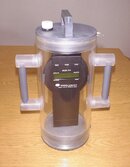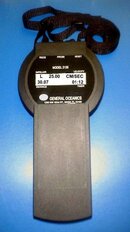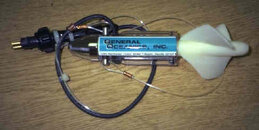Scoobahdood
Contributor
Is there such a thing as a hand-held ocean current measuring gage? If not, what is the trick to getting a true since of the current speed. It seems if you dive with a group of 10 divers you get 11 different answers on how fast the current was. Is there an easy answer to this question?  :cool2:
:cool2:
 :cool2:
:cool2:







